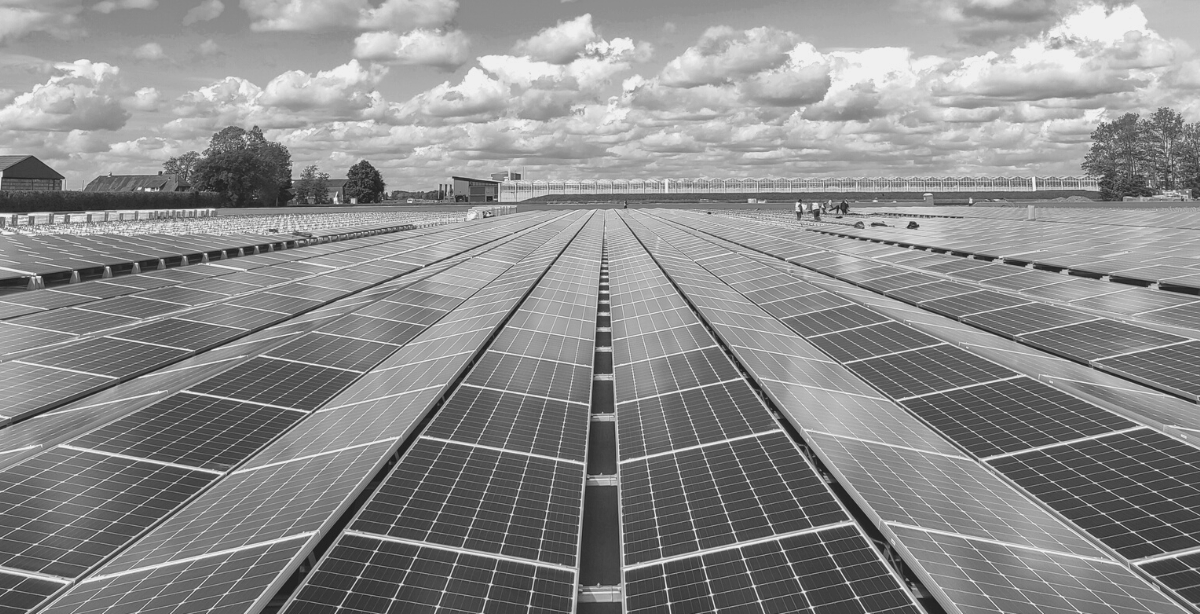This article was written by Stephanie Reich, Senior Vice President of State and Local Issues, and published by the Washington Business Journal Leadership Trust.
The Infrastructure Investment and Jobs Act (IIJA) and the Inflation Reduction Act (IRA), two recently enacted federal laws in 2021 and 2022, respectively, provide billions of dollars in funding to state and local governments for a range of infrastructure development projects.
The IIJA represents a substantial $1.2 trillion investment in infrastructure projects such as roads, bridges, public transit, airports, water systems and broadband internet. Meanwhile, the IRA accounts for a $369 billion investment in clean energy and climate change mitigation.
The funds allocated from these acts are disbursed through various channels, including loans, grants and tax credits for businesses. However, it’s important to note that these funds are distributed by the federal government and agencies to beneficiaries based on specific project requirements. These beneficiaries primarily consist of state and local governments, which then require businesses to apply or bid through state and local governments directly.
Why should businesses care about this legislation?
Businesses can secure these funds to enhance their operations, expand their workforce and ultimately boost their bottom line. Take, for example, installing electric vehicle charging stations, which can tap into a growing market for a business. Still, the cost of installation can be substantial. Funding offers tremendous support to make this vision a reality.
However, businesses cannot apply for these funds directly — they need to partner with state and local government in order to access and benefit from these funds. Let’s consider a region that desires to create affordable housing (both commercial and residential) and implement efficient energy solutions. To achieve this, they need financial support to engage businesses that can assist with these projects.
To secure funding, the region or locality would need to actively apply or compete for a portion of the IIJA or IRA funding through various programs specific to their area or state. Once the region successfully obtains the funding, it can invite businesses to submit bids for the projects.
Companies need to be aware of which states and localities have been awarded funding, how the funds will be distributed to programs and projects and the eligibility criteria for IIJA funding.
Sources of government funding
Let’s delve deeper into some of these programs:
- Energy Efficiency Revolving Loan Fund Capitalization Grant Program (EERLF): Appropriates $250 million to establish a revolving loan fund (RLF) for energy efficiency audits, upgrades and retrofits in residential and commercial buildings.
- Energy Efficient Commercial Buildings Deduction (Section 179D): This tax deduction incentivizes businesses to invest in energy efficiency by raising the deduction under Section 179D for commercial building construction from $1.80 to $2.50-$5.00 per square foot, based on energy efficiency and meeting certain wage and apprenticeship requirements.
- Improving Energy Efficiency or Water Efficiency or Climate Resilience of Affordable Housing: Funded by the Department of Housing and Urban Development (HUD), provides $837.5 million in loans and grants to improve energy efficiency, water efficiency, indoor air quality, sustainability and climate resilience in affordable housing. Also allocates $60 million for program administration, $60 million for contract expenses and $42.5 million for energy and water benchmarking and evaluation. Eligible recipients include owners or sponsors of low-income housing.
- Commercial Clean Vehicle Credit: Businesses and tax-exempt organizations can claim a tax credit for purchasing or leasing new commercial vehicles that are powered by electricity, hydrogen or other clean fuels. The credit is equal to 30% of the incremental cost of a vehicle not powered by an internal combustion engine, with a maximum credit of $7,500 for vehicles weighing less than 14,000 pounds and $40,000 for all other vehicles. The credit is reduced to 15% for vehicles powered by an internal combustion engine.
How businesses can access this funding
There is a significant amount of funding available through the IIJA or IRA for businesses to tap into. However, it is crucial for businesses to have a clear understanding of the funding process, where to find opportunities and how to proactively monitor them.
To maximize these opportunities and effectively navigate the funding landscape, here are some suggestions:
- Stay informed. Stay updated on the latest developments in the funding landscape. Subscribe to industry newsletters, attend conferences and follow government officials and policymakers on social media to stay in the loop.
- Build relationships. Establishing connections with key players in the funding space can provide you with valuable insights into exclusive opportunities. Attend industry events, reach out to government officials and policymakers and connect with other companies working on expanding clean energy access.
- Conduct thorough research. It is crucial to conduct comprehensive research to find the best funding option for your needs. Consider a specialized service that tracks programs, grants and awardees, or partner with a firm that offers Infrastructure Funding Consulting Services to help guide your organization on where funding is being dispersed and how to get a piece of the pie.
- Find a partner who can help you prepare applications or write grants for federal funding. Once you identify the appropriate funds, this might be the most important step you take. Grant writing and funding applications can be incredibly complex, esoteric and technical and if you do not have the resources in-house to prepare these applications, you need to find them in order to be competitive. (Full disclosure: My company is one such potential partner, but you have many options in this space.)
- Be prepared to take swift action. Funding opportunities can be highly competitive, so it’s important to be ready to act quickly.
Click here to view the article on the Washington Business Journal Leadership Trust website.



